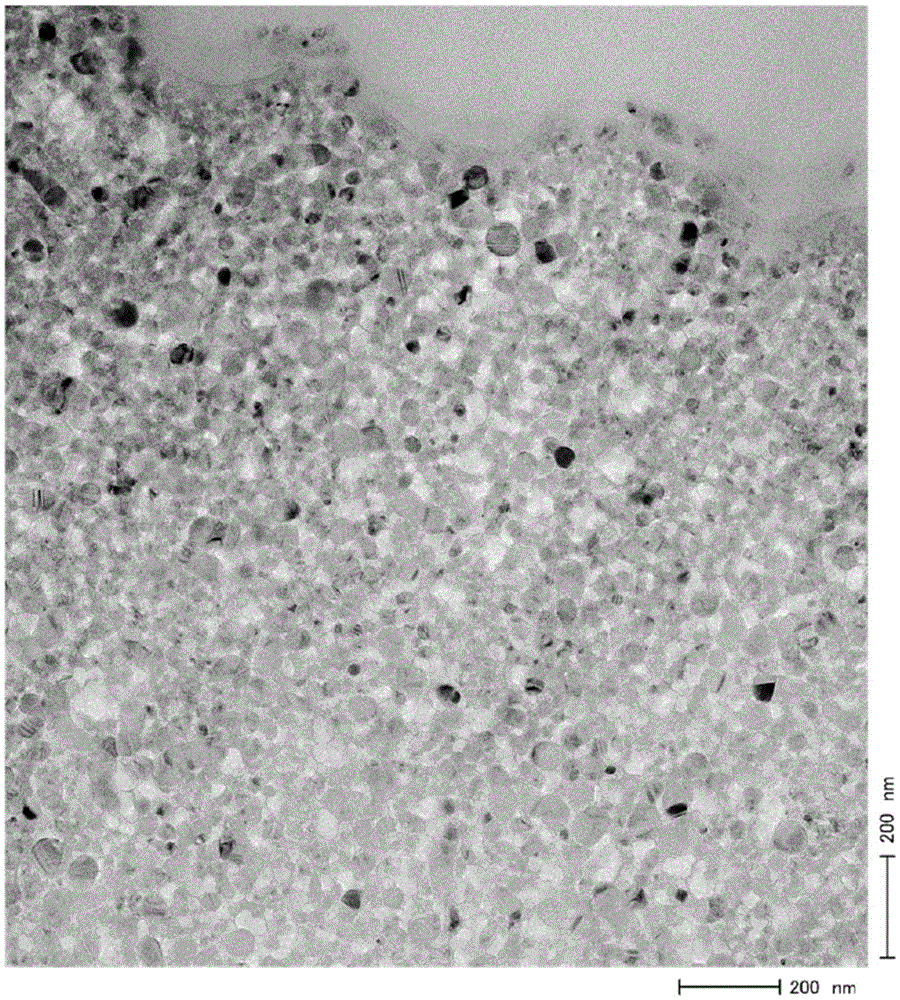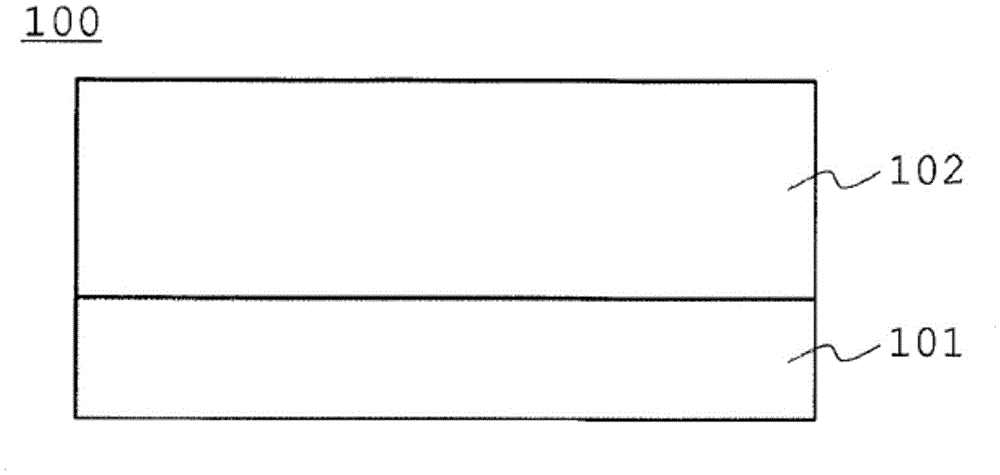Active material for nonaqueous electrolyte battery, electrode for nonaqueous electrolyte battery, nonaqueous electrolyte secondary battery and battery pack
A non-aqueous electrolyte and active material technology, applied in battery electrodes, secondary batteries, batteries, etc., can solve the problems of insufficient consideration of high capacity and cycle characteristics
- Summary
- Abstract
- Description
- Claims
- Application Information
AI Technical Summary
Problems solved by technology
Method used
Image
Examples
no. 1 Embodiment approach
[0018] The active material for non-aqueous electrolyte batteries of the first embodiment (hereinafter sometimes referred to as "active material") is a composite of at least two types of carbonaceous material and silicon-containing particles dispersed in the carbonaceous material. The particle contains at least one of silicon, silicon-containing alloy, and silicon oxide. In the argon ion laser Raman spectrum, it is at 1550 cm -1 Above and 1650cm -1 The half-value width (ΔG) of the peak with the maximum intensity I1 in the following range is 100 cm -1 Above and 150cm -1 Below, at 475cm -1 Above and 575cm -1 The following range has the highest intensity I2 peak relative to the above at 1550 cm -1 Above and 1650cm -1 The intensity ratio (I2 / I1) of the peak having the highest intensity I1 in the following range is 0.25 or more and 0.50 or less.
[0019] Hereinafter, as an explanation of the embodiment, the active material used in the active material mixture layer of the negative electro...
no. 2 Embodiment approach
[0047] The electrode for a non-aqueous electrolyte battery according to the second embodiment has an active material mixture layer containing the active material for a non-aqueous electrolyte battery according to the first embodiment. Specifically, it has a current collector and an active material mixture layer located on one or both sides of the current collector and containing an active material and a binder. The active material includes a carbonaceous material and a carbonaceous material dispersed in the carbonaceous material. A composite of at least two types of silicon particles. Hereinafter, the electrode of the embodiment will be described using the negative electrode as an example, but the electrode of the embodiment may be used for the positive electrode. In addition, in the following description, a non-aqueous electrolyte secondary battery is used as an example to describe the embodiment, but the electrode of the embodiment can be used for various batteries.
[0048] ...
no. 3 Embodiment approach
[0059] Next, the non-aqueous electrolyte battery according to the third embodiment will be described.
[0060] The non-aqueous electrolyte battery according to the third embodiment uses the electrode for the non-aqueous electrolyte battery of the second embodiment. Specifically, it includes an outer packaging material, a positive electrode housed in the outer package material, a negative electrode that is spatially separated from the positive electrode in the outer package material, for example, a negative electrode housed via a separator, and a non-aqueous electrolyte filled in the outer package material.
[0061] Hereinafter, the negative electrode, the positive electrode, the non-aqueous electrolyte, the separator, and the outer packaging material that are the components of the non-aqueous electrolyte secondary battery according to this embodiment will be described in detail.
[0062] (1) negative electrode
[0063] As the negative electrode, the negative electrode described in the...
PUM
| Property | Measurement | Unit |
|---|---|---|
| The average particle size | aaaaa | aaaaa |
| The average diameter | aaaaa | aaaaa |
| The average particle size | aaaaa | aaaaa |
Abstract
Description
Claims
Application Information
 Login to View More
Login to View More - R&D
- Intellectual Property
- Life Sciences
- Materials
- Tech Scout
- Unparalleled Data Quality
- Higher Quality Content
- 60% Fewer Hallucinations
Browse by: Latest US Patents, China's latest patents, Technical Efficacy Thesaurus, Application Domain, Technology Topic, Popular Technical Reports.
© 2025 PatSnap. All rights reserved.Legal|Privacy policy|Modern Slavery Act Transparency Statement|Sitemap|About US| Contact US: help@patsnap.com



